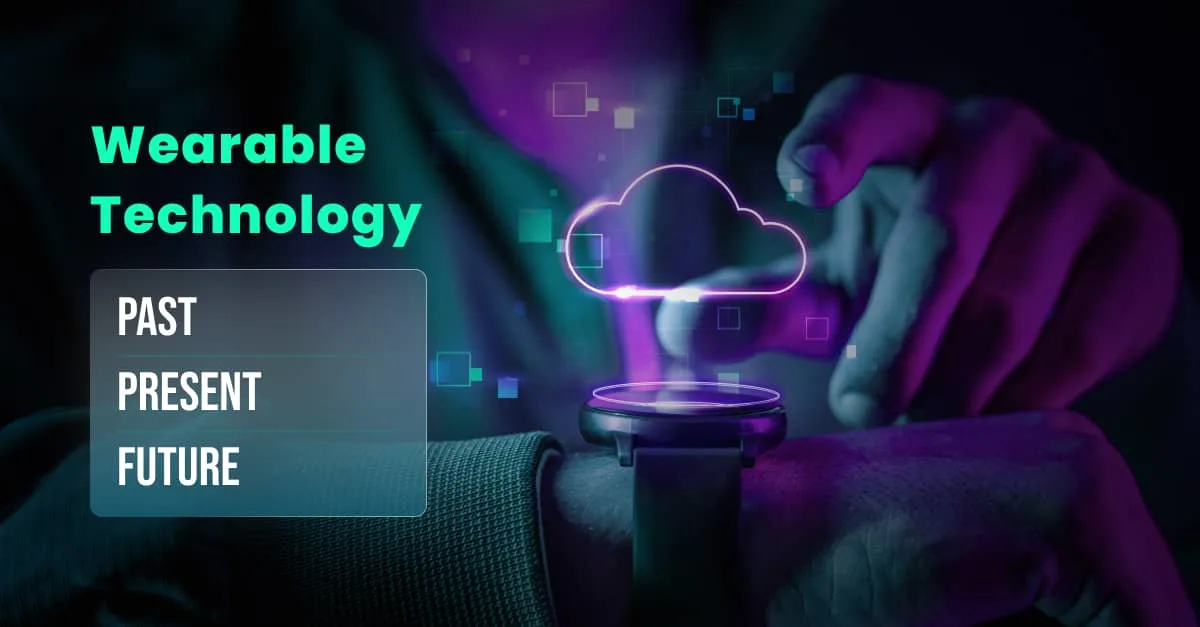Wearables in the past
If we look back, historically, eyeglasses, invented in the 13th century were the first wearable devices. Several hundred years later wearable pocket watches transformed into wristwatches which, in turn, became smart health tracking watches due to digital transformation. Wearable devices are powerful tools in modern healthcare for patients as they are personal and present everywhere the patient goes. For the critically ill or the elderly, specialized wearable devices such as biosensors track infection, inflammation, cognitive decline, etc. Especially for those living alone, digital health devices detect fall incidents and trigger alerts to caregivers, saving vital time. Health monitoring devices such as wearable ECG monitors and blood pressure monitors track vital parameters like blood pressure and heart function which can contribute significantly to lowering in-clinic visits and hospitalizations. In terms of self-care for users, they help track their daily wellbeing which is of utmost importance because most diseases like hypertension, diabetes, and heart ailments are caused by a lifetime of unhealthy habits.
How wearables have impacted our lives at present
At present, digital health monitoring devices, therapeutic devices, and activity trackers are the other categories of wearables that are being rapidly adopted. Therapeutic devices monitor patient metrics in real-time which aids in disease therapy, recovery from an ailment, and facilitates the delivery of therapy. These devices are usually categorized into pain management devices, rehabilitation devices, insulin pumps, and respiratory therapy devices. Activity trackers, on the other hand, were not intended for specialized medical use initially. But now, modern activity tracking devices offer precise features and capabilities to monitor vital signs. Consider your everyday modern smartwatch. It is a small but potent tool that can facilitate the management of cardiovascular diseases. The watch band contains a cuff that inflates to capture systolic and diastolic pressure, using the same principle as your typical blood pressure monitor. The data collected from the device is synced with an associated digital health app on your smartphone and analyzed for important insights into your heart health.
What does the future hold?
Two years into the pandemic, digitization in terms of telehealth and wearables have become a critical part of remote healthcare monitoring and is likely to continue being a reliable and viable alternative for caregivers, providers, and patients. In the future, we foresee that the growth of wearable devices combined with a deficient supply of skilled caregivers will create the need for improved automatic, real-time customized designs for care in place. Wearables will contribute to the management of chronic illness care, surgical outcomes, post-discharge care, neurology, and emotional well-being. For the wearable devices industry, the way forward is to shift to more personalized care that enables patients to engage in their self-care, facilitates better support from caregivers for their loved ones, and above all allows leeway to healthcare providers to provide timely interventions with better utilization if their scarce manpower resources at lower costs.
Venture 7 is at the forefront of this digital transformation where wearable digital health devices are rapidly transforming healthcare.





